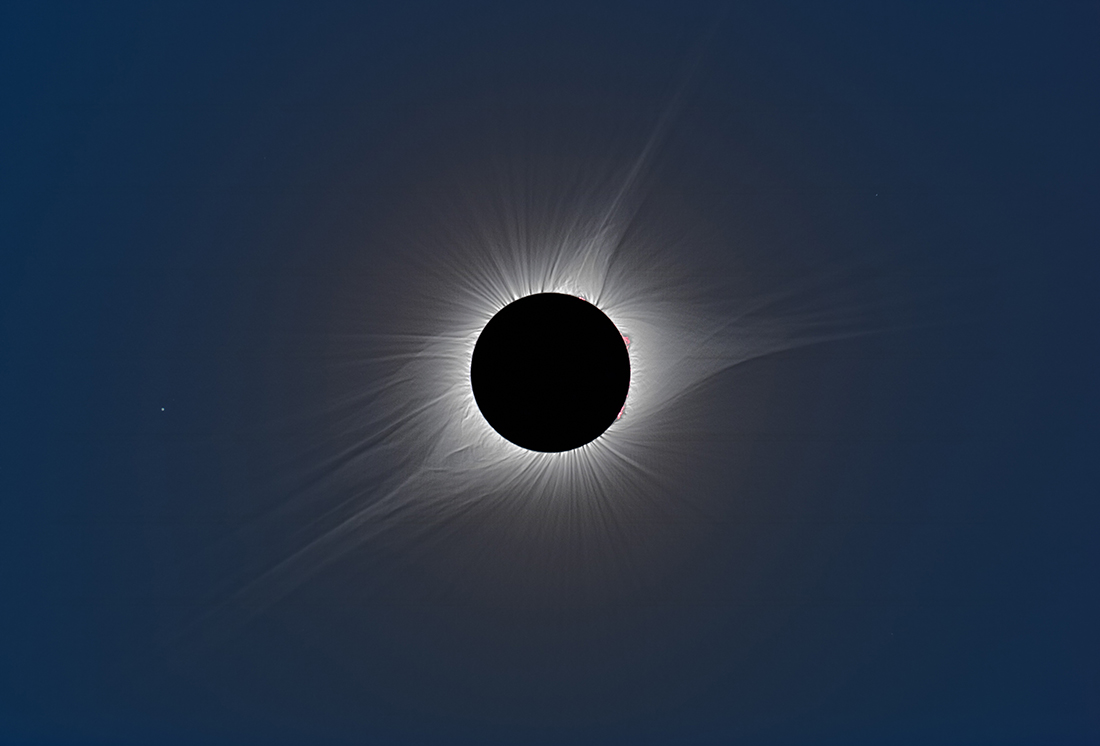
In less than a year, if Mother Nature cooperates, several communities in northern New Hampshire are perfectly situated to see a Total Solar Eclipse on April 8, 2024 when 100% of the sun will be covered by the moon.
The last total solar eclipse in 2017 generated lots of excitement across the country; an estimated 20 million people saw either the total or partial eclipse.
While New Hampshire wasn’t in the path of 100% totality, we were treated to around 60% viewing, so 2024’s event is sure to bring thousands of visitors to the state, along with residents, to view the spectacle. At 100%, street lights turn on and birds stop singing as they think night has fallen. It’s truly a remarkable event.
Towns along the 100% viewing path include Pittsburg, Dixville Notch, Colebrook, Errol, Milan, Dummer, Lancaster, Stark and Northumberland, while much of the rest of the state will be in the 95% viewing area.
~~~~~~~~~~~~~~~~~~~~~~~~~~~~~~~~~~~~~~~~~~~~~~~~~
What’s An Eclipse?
Solar Tourism: How To Market/Promote Your Business To Visitors
Learn what an eclipse is and how to view it safely in this interesting and informative webinar (below). The webinar also includes valuable information and resources to help businesses market and promote their properties for the thousands of visitors who are expected to visit northern New Hampshire to view the eclipse on April 8, 2024. Plan now to take advantage of this wonderful solar tourism visitor experience.
Watch the Solar Eclipse Webinar
~~~~~~~~~~~~~~~~~~~~~~~~~~~~~~~~~~~~~~~~~~~~~~~~~~~~~~
Stay tuned as we’ll be posting more information about the historic eclipse as it becomes available.
Photo at top of page: The total phase of the August 21, 2017, solar eclipse as seen from Madras, Oregon. This is a composite of short, medium, and long exposures, as no single exposure can capture the huge range of brightness exhibited by the solar corona. The star to the left (east) of the eclipsed Sun is Regulus, the brightest star in the constellation Leo. Much fainter Nu (ν) Leonis is visible at upper right. No filter was used during the exposures, as totality is about as bright as the full Moon and just as safe to look at. At all other times, though, a safe solar filter is required to observe or photograph the Sun. Credit: Rick Fienberg / TravelQuest International
